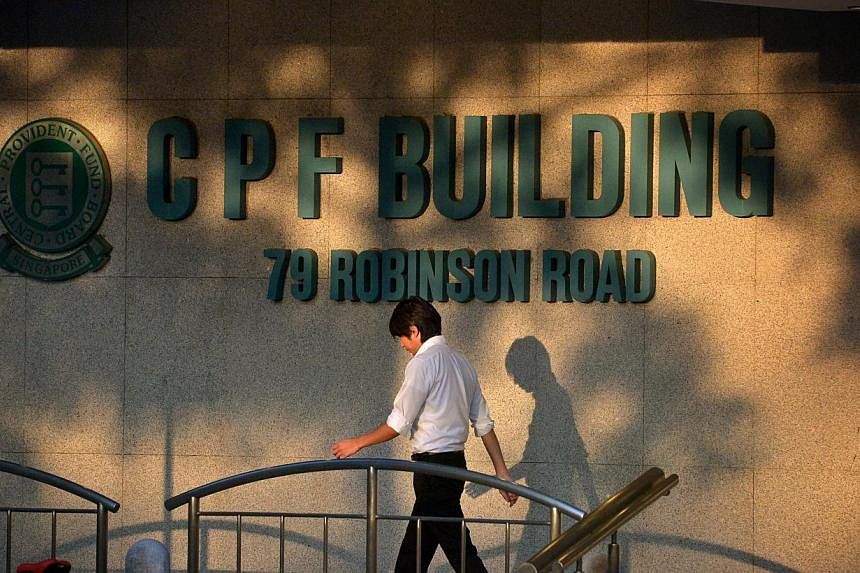The CPF advisory panel on Feb 4 announced some recommendations to improve the flexibility of Singapore's Central Provident Fund.
The recommended changes aim to strike a balance between providing a basic level of lifelong support in retirement, while offering greater flexibility for groups with different needs.
Here are some new terms and acronyms introduced, which could soon be part of our national lexicon:
Basic Retirement Sum (BRS): A minimum sum, set aside at age 55, that will ensure a Basic Payout to CPF members when they turn 65. This sum is set at $80,500 for 2016, and is estimated to generate a payout of $650 to $700 a month via the CPF Life annuity scheme.
Full Retirement Sum (FRS): This is the minimum sum required for CPF members who do not own their homes, or do not wish to pledge their property. It is set at $161,000 or double the BRS. This is also the current minimum sum recommended by the CPF, before the changes take place. The payout for this amount is estimated to be $1,200 to $1,300 per month.
Enhanced Retirement Sum (ERS): The Enhanced Retirement Sum is for CPF members who want to have higher monthly payouts from age 65. They can top up their CPF savings to a sum set at three times the BRS or $241,500 in 2016. The payout for this amount is estimated to be $1,750 to $1,900 per month.
Basic Payout: A monthly payout for members who set aside the BRS at age 55. It is estimated at $650 to $700 a month, to match what a retiree in a lower-middle retiree household would spend around 2025. It takes into account that most retirees own their own homes and do not pay rent.
Payout Eligibility Age: Formerly known as the "Draw Down Age", it has been renamed to differentiate it from the Payout Start Age (see below). This is the age by which CPF members can reeive payouts from their CPF savings. It is now set at 64, and will be 65 from 2018.
Payout Start Age: This is age payouts actually start. It can be deferred up to age 70. For every year that the payout start age is deferred, monthly payouts will permanently increase by 6 to 7 per cent.
CPF charge: The amount withdrawn from CPF savings used to pay for property. Most people have CPF charges as they used CPF to pay for their homes, and will have to return the charges to their CPF upon a property sale. The CPF charge can stand in for a property pledge with the changes recommended by the Panel.
Property pledge: Pledging a property means that when a person sells his property, the amount pledged will go back to his CPF accounts. It does not affect one's ownership of the property. CPF members can pledge their properties up to S$80,500, and withdraw the excess cash they have. Currently, CPF charges can be used to top up a minimum sum shortfall, but cannot be used to let people withdraw cash. The Panel has recommended that members with sufficient CPF charges not be required to make a property pledge in future. Thus CPF members can withdraw their savings above the BRS subject to either a CPF charge, or property pledge.

